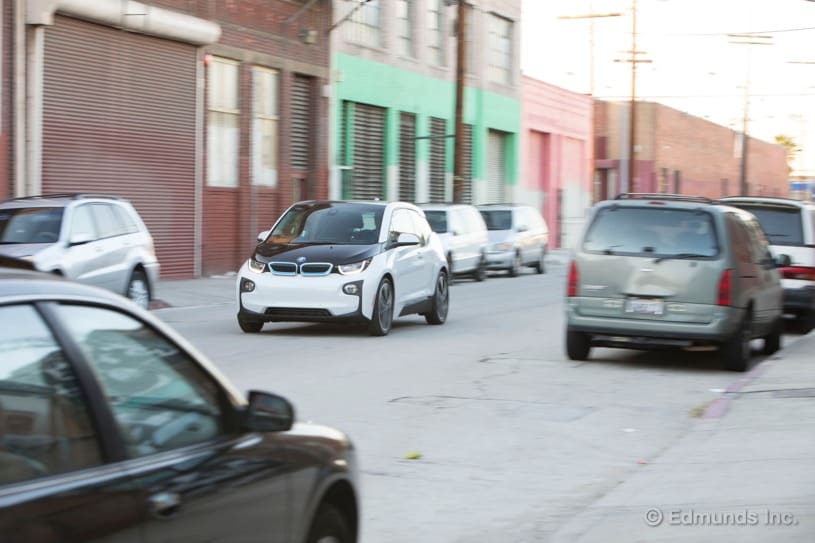Suitcase-sized ZipCharge Go takes the charger to the EV
Startup ZipCharge says that some 40 percent of car-owning households in the UK don’t have designated off-street parking, making owning an electric vehicle less attractive due to lack of home charging possibilities. That’s where the Go power bank on wheels is designed to come in.
The Go is the brainchild of ZipCharge founders Richie Sibal and Jonathan Carrier, who are reported to have decades of experience in electronics systems and product development for the automotive industry, having worked for the likes of McLaren Automotive, Jaguar Land Rover, Lotus, the Gordon Murray Group and LEVC.

ZipCharge
It has the look of the kind of compact suitcase Apple might design. An aluminum spaceframe protects its major systems, and the outer shell for the production units will be made from post-consumer plastic waste. There’s a carry handle on one side and the charging ports and status LEDs on the other, and a telescoping handle up top. It rolls on two wheels for ease of transport, and the front cover can be personalized in colors and finishes to match your EV.
The idea is that users charge up the Go’s 4-kWh NMC battery at home overnight or at the office using a standard domestic plug, which should mean a lower cost per kWh than offered at a public charging station. When fully charged, the Go can be wheeled out to the electric car and cabled up to top up the car’s battery.
Where a pocket power bank might hold enough juice to fully charge a smartphone a couple of times over, the Go doesn’t have the capacity to do the same for an electric vehicle. ZipCharge reckons that it should provide an EV with up to 20 miles (32 km) of range in less than an hour, which could be enough for the commute to and from work, for a quick jaunt to the local shopping mall, or might get you back to base if you’re running low while out and about. It can be stowed away in the trunk until needed, and is good for use “in all normal weather conditions.”

ZipCharge
A bi-directional AC-DC inverter allows the power bank to store cheap off-peak energy from the grid, and feed it back to the grid during peak hours. There’s a comms module built in that supports smart charging, over-the-air updates, remote diagnostics, and features geo-fencing capabilities and tracking technology for peace of mind. And it comes with 2G/4G mobile connectivity that allows users to remotely manage the power bank via a companion app, while AI smarts will learn a user’s charging habits over time and make scheduling recommendations to take advantage of off-peak electricity availability.
Currently in the final stages of development, ZipCharge is aiming to get the Go out to its first customers in Q4 2022. Folks will be able to buy a portable power bank outright “at a price comparable to the fully installed cost of a Level 2 home charge point, and significantly less than bi-directional home charge points currently on the market,” but the company is also looking to offer the Go as a subscription model that starts at £49 (about US$66) per month.
The portable charger is the first component in a global portable EV charging platform that the company is intending to set up, which will include hardware, software, machine learning and novel ownership models. The video below has more.
Introduction to ZipCharge
Source: ZipCharge








